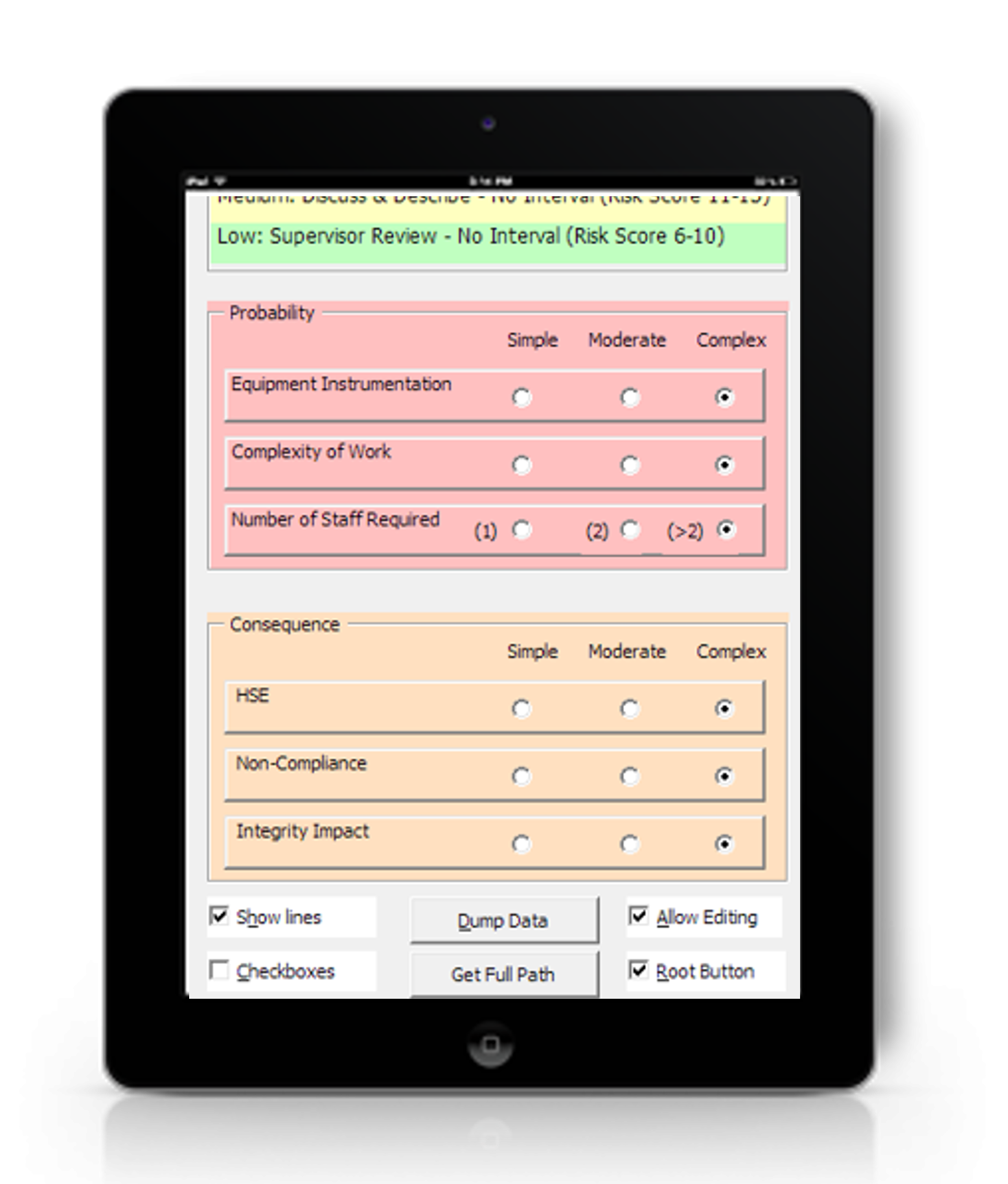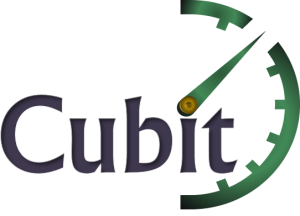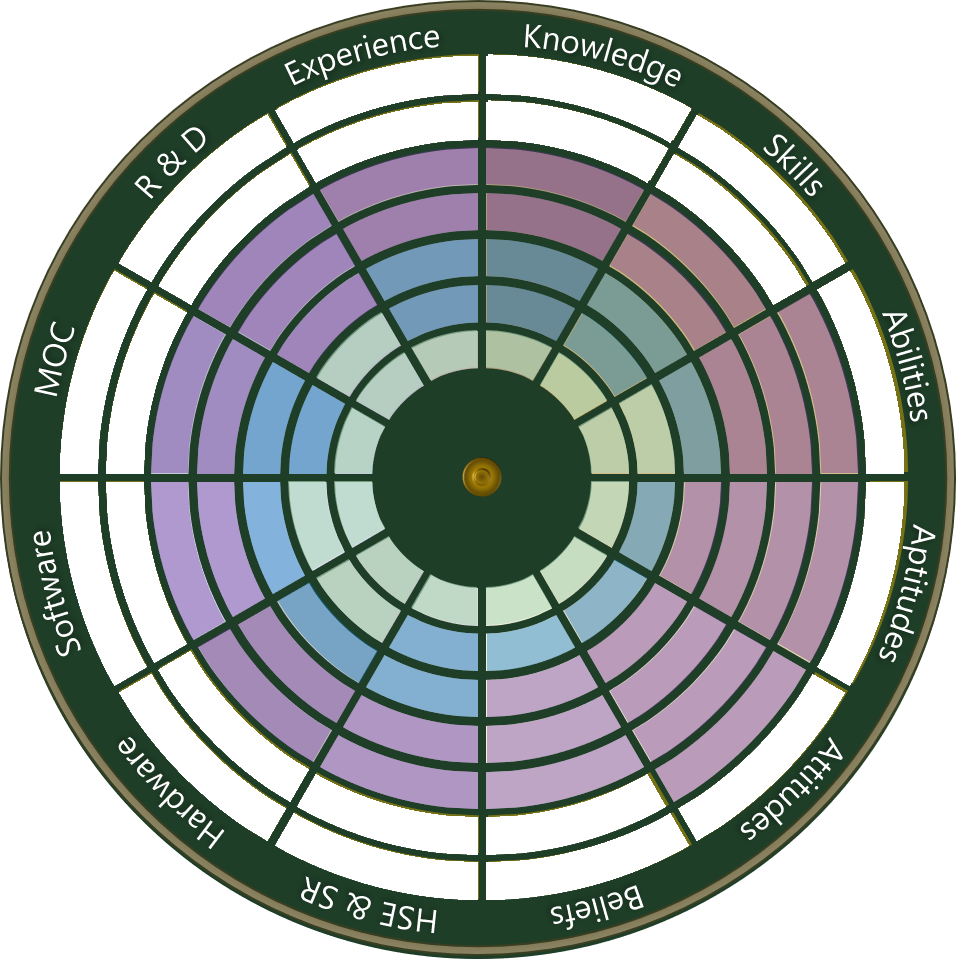
It all begins with validated knowledge, skills and abilities (KSAs) for every role and position. KSAs are aligned with training content, documentation and worker profiles to develop dynamic development paths.
Our competency models account for context

MAIN SITE
The entire operation is sensor-driven and automated.
Technicians need only click a few buttons on a mobile device. Training is (relatively) simple.

SOUTH SITE
Unit is in a high-risk area (H 2S, high pressure, flammable, explosive).
Before attempting re-start, the technician must control any existing hazards and carefully troubleshoot prior to restarting.
The competency assessment sign-off for technicians must include deep site-specific technical knowledge, skills and experience to mitigate each potential hazard for normal and abnormal operating conditions (AOCs).

REMOTE NORTH SITE
Unit is in a remote location.
If manual re-start is required, it creates additional challenges and exposures due to working alone, adverse weather, tampering and theft.
Effective training improves ability to anticipate all potential site-specific issues and bring the right mindset, tools and equipment to the site, thus maximizing safety and efficiency.
Keeping it simple: KSA elements are developed to be shareable and reusable
Issue
Managing and maintaining competencies is time-consuming
Goal
Keep the number of KSA elements as low as possible to minimize maintenance work
Solution
Share common elements across as many disciplines as possible
Competency Maturity Model and Tools
Cubit maps and implements a logical progression of KSAs and professional development prerequisites for each job role and position level.
Scroll through the Pipeline Integrity Engineer progression example below to see how progression level requirements and development are tracked over time…

Bespoke tools accelerate our work: 10x faster than traditional competency project methods











